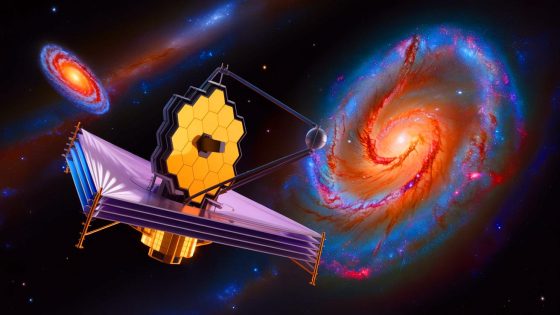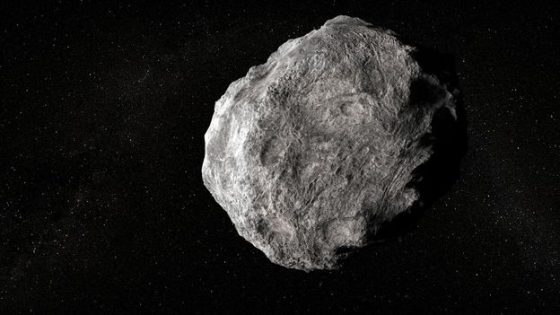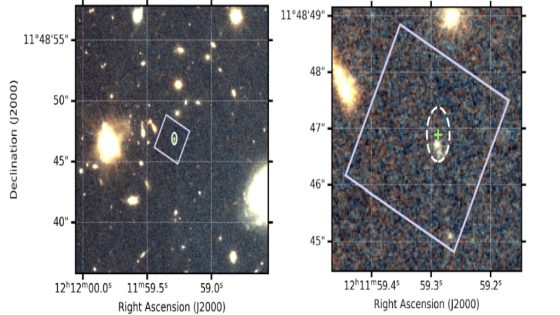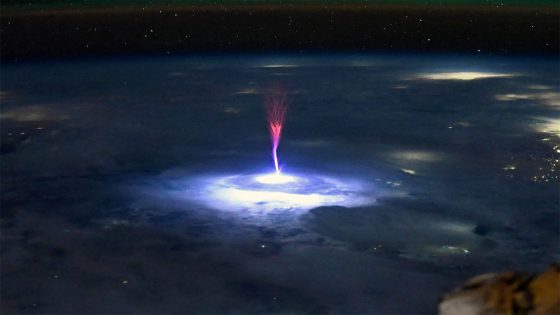Recent discoveries using the James Webb Space Telescope (JWST) have unveiled intriguing patterns in ancient galaxies’ rotational directions. This research, conducted by Kansas State University, suggests that about 60% of these galaxies rotate clockwise, challenging the long-held belief that galactic rotations are random.
- 60% of ancient galaxies rotate clockwise.
- Universe may exist within a black hole.
- Observational bias could misinterpret galactic data.
- New theories on cosmic order emerging.
- Importance of precise astronomical measurements highlighted.
- Continued exploration vital for cosmic understanding.
On August 25, 2025, the findings sparked discussions about a bold hypothesis: our universe might be trapped within a massive black hole. This idea could fundamentally reshape our understanding of cosmic dynamics and the universe’s structure.
This discovery raises essential questions about the nature of our universe. Could there be an underlying order to cosmic structures? The implications are vast and could lead to new theories about the universe’s formation. Consider these points:
- The common rotational direction may indicate a shared cosmic influence.
- Observational biases could misinterpret galactic motions.
- Further studies are necessary to validate these findings.
- Understanding these patterns could redefine cosmic principles.
As we continue to explore these cosmic mysteries, the potential for groundbreaking insights into our universe’s nature remains vast. What other secrets might the cosmos reveal as we refine our observational tools?

































